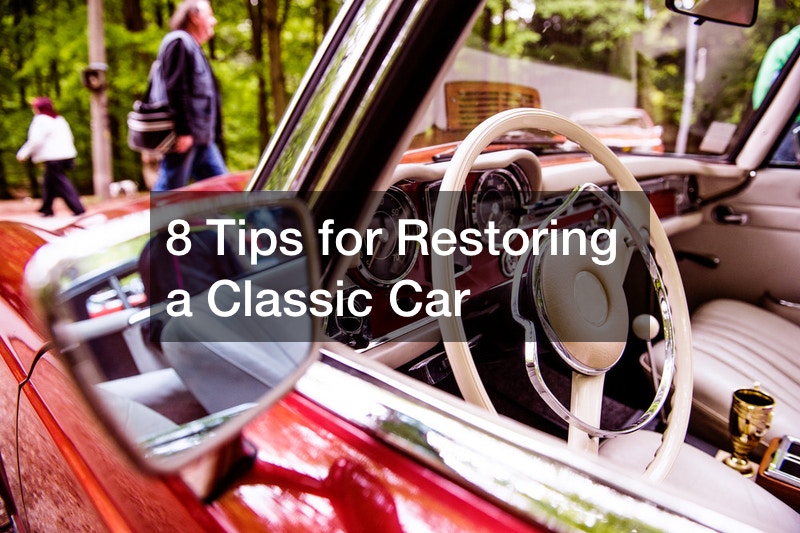
Easy to restore classic cars After the restoration was completed, we performed a comprehensive inspection of the suspension and braking system, the transmission and engine to ensure that the iconic car functions properly. The car can be inspected in your garage or take the car for a drive in your area, adhering to the entire break-in procedure when you added new camshafts.
6. Mechanical Aspects
The right equipment and tools allow you to restore your beloved car effectively and rapidly, while saving the time and energy. To figure out the degree of restoration you are able to handle, it is important to take a look at the mechanical elements. Some mechanical elements to examine include:
Condition of the Motor and Transmission
Check the transmission as well as the engine conditions since these aspects are the vehicle’s heart and soul. You can test drive the car , if your dealer is willing to allow. This allows the buyer to see any indications of ticking on the engine. An engine that is ticking is one of the signs of an issue with the component which is why you should stay clear of such vehicles.
Companies that tow may be hired to move vehicles with an unusable engine. The sound of grinding or the movement of switches can be symptoms of an issue with the transmission. Also, it’s possible to use an automatic transmission rebuilder that can assist with fixing if you are not familiar with the component.
Seized Parts and Electrics
It’s essential to inspect the moving parts under the bonnet of your vehicle if you’re looking to make classic automobiles more usable. These components typically seize due to decay and corrosion because the car is in use for long periods of time. In the event that your vehicle has been without use for long periods then you can make brake maintenance.
You should also consider your car’s battery. If it has been left inactive for longer than 3 months or more it is time to change it. yafp3kxmmr.
